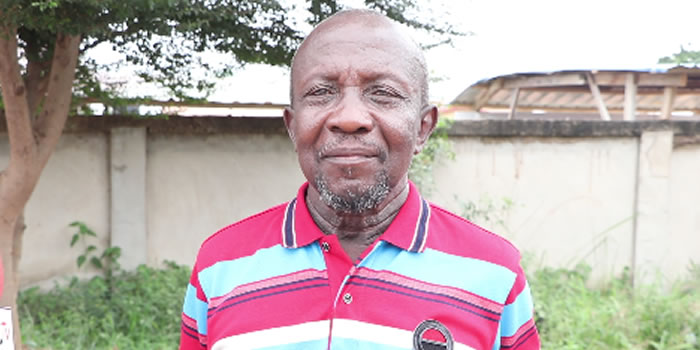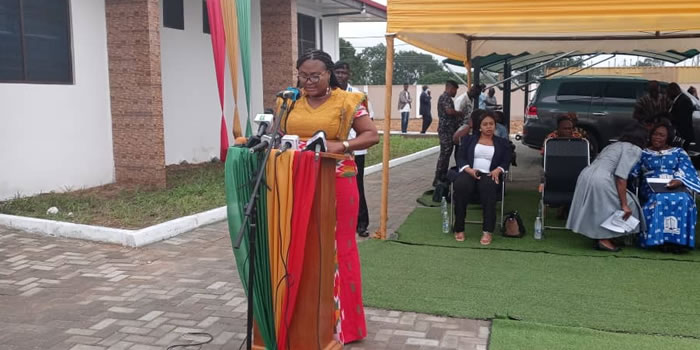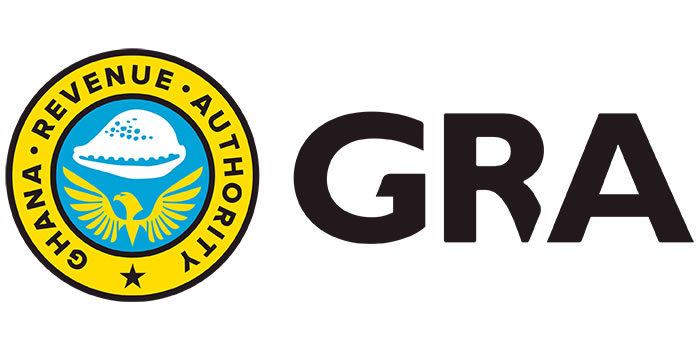

Local Governance
Ga East Municipal Assembly was curved out of the then Ga East District in 2004 by an Act of Parliament (Legislative Instrument 1589) as a district. It was elevated to a municipality in 2008 by LI 1864. It has deliberative, legislative and executive powers. In June 2012 the Municipality was splited into two, thus Ga East and La-Nkwantanang Madina Municipalities.
The Ga East Municipal Assembly is the highest political authority in the municipality vested with the powers to deliberate, legislate, plan and develop the entire municipality through the preparation and effective implementation of development plans and budget. Act 480 for 1994 the National Development Planning System entreats the Municipal Assembly to formulate programme strategies and projects and see to their implementation, monitoring and evaluation using available resources. The Assembly can also be compared to parliament as a legislative body making bye-laws for the municipality. The organogram of the Assembly is shown in Figure 1.15. The Assembly performs all the functions stipulated in the Local Government Act, 2016, Act 936. These are;
- Be responsible for the overall development of the Municipality and shall ensure the preparation and submission through the Regional Co-ordinating Council development plans of the Municipal Assembly to the Commission for approval; and of the budget of the Municipal related to the approved plans to the Minister for Finance for approval;
- Formulate and execute plans, programmes and strategies for effective mobilisation of the resources necessary for the overall development of the Municipality;
- Promote and support productive activity and social development in the Municipality and remove any
obstacles to initiative and development;
- Initiate programmes for the development of basic infrastructure and provide municipal works and services in the Municipality;
- Be responsible for the development, improvement and management of human settlements and the environment in the Municipality;
- In co-operation with the appropriate national and local security agencies be responsible for the maintenance of security and public safety in the Municipality
- Ensure ready access to courts in the Municipality for the promotion of justice;
- Initiate, sponsor or carry out such studies as may be necessary for the discharge of any of the functions conferred by this Act or any other enactment; and
- Perform such other functions as may be provided under any other enactment.
The Assembly makes bye-laws for the Municipality. There is an administrative and political head, who is the Municipal Chief Executive appointed by the President of Ghana and approved by two-third majority of the Assembly members. The institutional set up is indicated in the organogram in Annex 2. According to LI 1961, the Assembly being a Municipal should have 13 Departments; however, the Transport Department has not been established in the Municipality.
Further, some Departments are yet to be fully decentralised Capacity building programmes in participatory planning and budgeting among others are often organized for members at the council level to enable them prepare development plans and budgets. All the electoral areas in the municipality have five-member unit committees which are also responsible for the planning and implementation of programmes and activities at that level. There is generally low women participation in the governance process, declining communal spirit, apathy and over politicization of development issues. Other challenges are the absence of defined roles for stakeholders as well as poor communication among actors in development.
There are a network of NGOs working in the municipality are Heifer International and Action Aid Int. There are number of Community Based Organizations (CBO’s) operating in various spheres to improve the lives of people. Various avenues have been created in recent times for enhanced communication and information flow between the Assembly, civil society, private sector and other stakeholders in the municipality. They include, radio programmes, resident’s association meetings, public hearings and Town Hall meetings in the first and third quarters of the year to emphasis on Public Financial Management (PFM) are all avenues for dissemination and promotion of dialogue. The challenge of office and residential facilities for staff continue to be a challenged.
a) Structure of the Assembly
Base on LI1886 Municipality consists of ten (10) electoral areas and represented in the General Assembly by elected and appointed Assembly members. The composition of the Assembly is made up of 10 elected members, 4 appointed members, one Member of Parliament representing Abokobi and Dome-Kwabenya constituencies and the Municipal Chief Executive. The Assembly has two committees, the Executive Committee and Public Relations and Complaints with five Sub-committees. The General Assembly is therefore made up of 16 members.
The electoral areas are as follows:
• Taifa South
• Taifa North
• Abokobi
• Agbogba
• Kwabenya
• Haatso
• Atomic
• Dome East
• Dome west
• Ablahdjei
The General Assembly is headed by an elected Presiding Member with the Municipal Coordinating Director as the Secretary. The Assembly has two committees the executive headed by the municipal chief executive, and the Public Relations and Complaints Committee (PRCC) which is also chair by the Presiding Member (PM). To enable the Assembly perform its function of overall development of the municipality the following sub-committees and decentralized departments are established.
i) Sub-committees
2) Development Planning Sub-committee
3) Finance and Administration Sub-committee
4) Justice and Security Sub-committee
5) Works Sub-Committee
6) Social Services Sub-committee
7) Women and Youth Sub-committee
I
Date Created : 11/17/2017 9:07:44 AM













 facebook
facebook
 twitter
twitter
 Youtube
Youtube
 +233 593 831 280
+233 593 831 280 0800 430 430
0800 430 430 GPS: GE-231-4383
GPS: GE-231-4383 info@ghanadistricts.com
info@ghanadistricts.com Box GP1044, Accra, Ghana
Box GP1044, Accra, Ghana